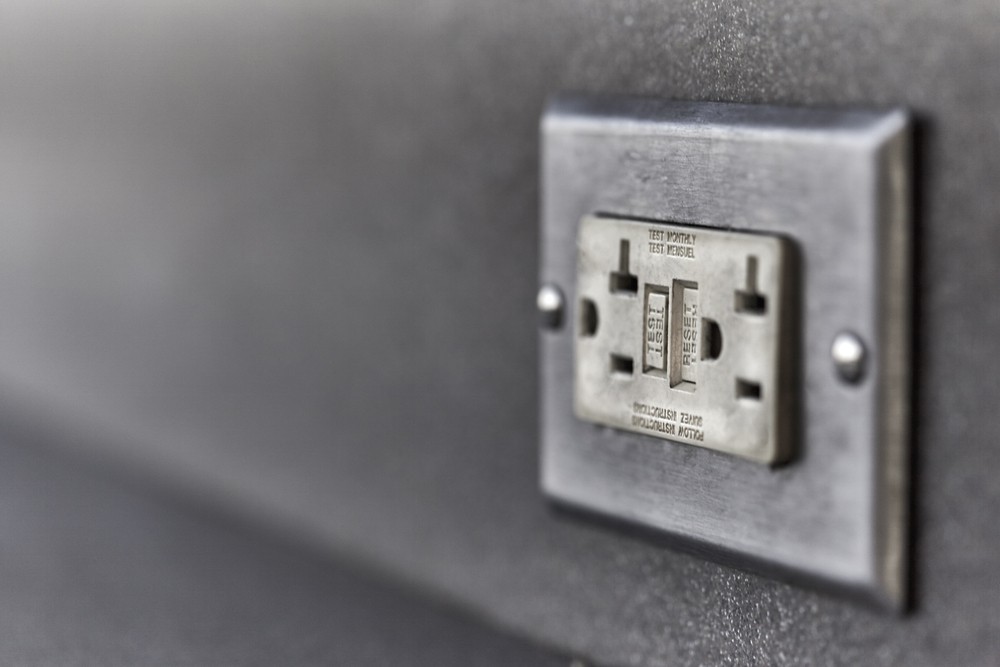
Home inspections can be a long, tedious process for homeowners hoping to sell their house for top dollar. To speed the home inspection process along, you can take care of some items before the inspection. Before inviting inspectors to come look through your home, here are a few specific things that should be looked over:
1. Aluminum Wiring
Aluminum wiring was an excellent alternative in the 1960s and 1970s when copper prices skyrocketed. Since then, it’s been discovered that aluminum wiring causes a lot of problems. Aluminum wiring corrodes when in contact with copper. This causes loosened connections, which can lead to arcing and dangerous electrical fires. If you have aluminum wiring, most likely you’ll have to have it replaced for safety reasons.
2. Check the Age of Electrical Panels
Older homes that were built before the 1930s may have electrical panels that are overloaded with the conveniences of modern living. Back in the days when these panels were built, they were adequate. Today, with dishwashers, microwaves, air conditioning/heating systems, TVs, gaming consoles, refrigerators, etc., it’s easy to see how those old systems are not equipped to handle the load.
Older homes with overloaded electrical panels will not pass a home inspection. If the system is more than 20 years old, have a trusted inspector check it for safety, at around 40 years, consider total replacements.
3. Circuit Breaker Size
When sizing breaker panels, it needs to be determined if the breaker is large enough to handle the load required by the house and the appliances inside. Most breakers are 100 or 200 amps in strength. If the panels being inspected will not meet the electrical need, it is recommended that they are upgraded to at least that strength. If your home demands more electricity than your circuit breaker is built to handle, you’ll end up dealing with broken fuses, tripped circuits, and blackouts. An additional breaker box may be required if the home has more technology than usual to ensure overloading is not an issue.
 4. GFCIs in Appropriate Locations
4. GFCIs in Appropriate Locations
New codes in the last several years now require that Ground Fault Circuit Interrupters(GFCI’s) are installed on certain areas of your home. You’ll need GFCI’s in unfinished areas of your home, garages, outdoor living areas, and anything near a water source (kitchen, bathroom, laundry room). Keep your Kansas City home safer with GFCI’s installed in all the right places.
5. 3-Pronged Outlets Must Be Grounded
Ensure that the old 2-prong outlets are not just replaced with 3-prong covers, but are actually grounded so that they are safe to use. Every single box in the residence should be grounded. To check for grounding, insert one prong of a circuit tester into the receptacle’s hot slot (the shorter one), and touch the other to a screw that secures the cover plate. The tester should light up. If it does not, the box is not grounded. You can install a GFCI (see #5 above) or call an electrician to fix the wiring.
6. Get Rid of Extension Cords
As far as the codes on extension cords go, it’s easier to just get rid of them altogether before an inspection. Electrical best practices say that extension cords can only be used to provide temporary power. They shouldn’t be run under rugs or pulled through any windows or doors. Since they may not replace the permanent wiring, remove all extension cords before an official inspection.

 4. GFCIs in Appropriate Locations
4. GFCIs in Appropriate Locations
